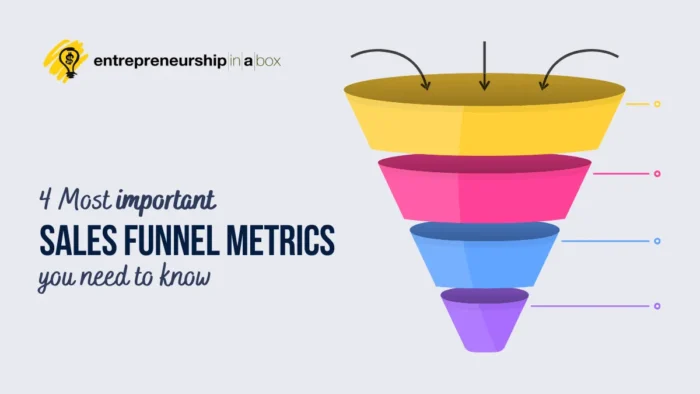In the world of sales and marketing, there are 2 things that can be ascertained:
- There are as many buying habits in the world as there are buyers. Each person has something peculiar when it comes to their shopping preferences.
- The service providers and manufacturers of the world work with the help of customer behavior data to accurately determine their marketing and production strategies.
Now, looking at these two statements, it looks impossible to figure a way out of the complexity of determining each customer’s unique likings and providing them personalized services.
But thanks to technology and the power of trends, with the help of Market Basket Analysis technique, this problem can be sorted along with other benefits.
So if you do not know about market basket analysis yet, read on to find out how you can use it to your advantage.
What is market basket analysis?
This analytics technique is used by many retailers (especially eCommerce retailers) and marketing analytics companies to predict buyer behavior. In this technique, the retailers determine which of their products are frequently put in the basket together or bought together.
In other words, it makes use of data to scale the overall effectiveness of their marketing and sales processes. In fact, this technique has been used since the time POS systems were first introduced.
Majorly, there are two kinds of MBA (Market Basket Analysis):
- One kind is differential MBA that filters out significant data from huge volumes of data flux to give you focussed and in-depth research results. Moreover, this kind of analysis weighs and presents the data according to different demographics, seasons, working days and even competitors.
- The second kind of MBA is Predictive MBA which works by creating cliques of different purchase items, services or events that frequently occur in conjunction.
What are the benefits of MBA?
1. Building pricing strategies:
When a retailer recognizes a pattern in SKUs about frequent concurrent sales of two or more items, they can also determine the effect of markdowns or markups on the sales of these items and build a more profitable pricing strategy.
For instance, let’s suppose that, for a retailer, bread and butter have a high affinity of being bought together. Furthermore, this retailer gives a discount on butter every Monday. Now, by doing a market basket analysis he finds out that irrespective of the day of the week, butter is always bought alongside bread, then it would mean that the Monday markdowns do not affect its sale in any way and therefore, he can stop giving the markdowns altogether.
2. Customized Discounts:
If a retailer performs Market Basket Analysis on a customer basis, then logically, the analysis will yield better and more accurate results and consumer behavior can be analyzed in a focused way.
Many retailers perform this exercise for their loyal and more frequent customers to analyze their behavior and offer them coupons and discounts based on their shopping preferences. Some retailers even do this on a larger scale to gain more returning customers and build a brand identity.
3. Sales forecast:
With quality data in your hand, you can not just scale your business’s performance but also successfully forecast the troughs of your business graphs and take suitable measures to prevent or minimize the damage.
In fact, this can even help you in digging out the possible reasons of the negative sales graph and make reforms. For instance, if there arises a situation where normally the association between the sales of 2 items is strong but has recently shown a dramatic decline, it might be because of the following reasons:
- Either a new brand was introduced to the shelves or a running brand was replaced for one or all of the items.
- The shelf stock has decreased for one of the items.
- There has been a hike in price for any of the items.
With these sort of valuable insights, you can build your marketing strategy for a more profitable return.





